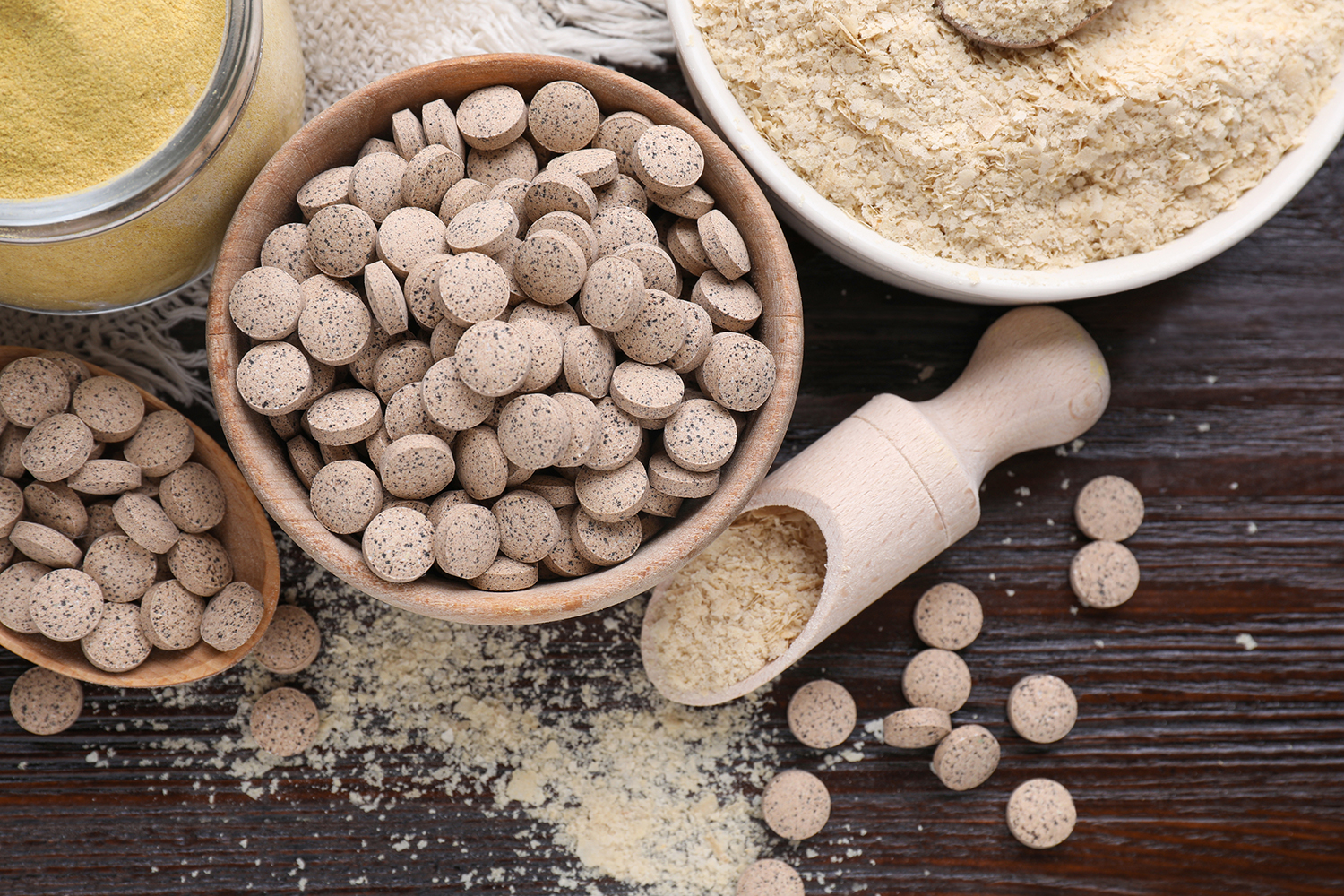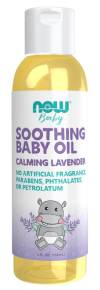You could say humans have a long-standing and symbiotic relationship with yeasts. We’ve been using these fungi to raise breads, brew beer, and make wine and other alcoholic beverages for centuries.
For dietary and nutritional considerations in these modern days, why not consider the yeast known as brewer’s yeast?
What is Brewer's Yeast?
Brewer's yeast is a live and active yeast used for making beer.
It starts off by growing on a medium of malted barley or another grain used in beer production.
-
Is It Safe to Take?
Brewer’s yeast is heat-killed before becoming a dietary supplement.
Since its microorganisms have been deactivated through heat, they cannot create yeast overgrowth or yeast infections in the body.
-
Is It Good to Eat?
Some brewer’s yeast products are also de-bittered, so they’re more edible.
Supplemental forms of brewer’s yeast typically do not undergo this process.
What Does It Taste Like?
Tasting somewhat like a tangy broth, and at times offering a beer-like aftertaste, brewer’s yeast is best described as bitter, cheesy, meaty, and occasionally fruity.
-
Brewer's Yeast as a Remedy
In addition to its nutritional benefits, brewer’s yeast may aid in the treatment of eczema and infectious diarrhea.
Brewer's Yeast vs Nutritional Yeast
Perhaps you’ve heard of nutritional yeast?
A popular ingredient that adds a rich, umami flavor to foods (especially vegan), this yeast is not the same as brewer’s yeast.
-
Flavor Profile
Though both come from the same strain (Saccharomyces cerevisiae), brewer’s yeast offers a bigger punch than its milder, nuttier, and cheesier cousin.
-
Production
Aside from flavor, a key difference between the two is that nutritional yeast begins with the medium of beet or cane sugar molasses.
-
Nutrition
Both brewer’s yeast and nutritional yeast offer high amounts of:
- B vitamins
- Selenium
- Potassium
...as well as trace amounts of magnesium.
Both may help boost the immune system and improve cholesterol levels.
-
Chromium
Brewer’s yeast offers naturally occurring chromium. Chromium is a beneficial nutrient for people with diabetes, since it can help lower blood sugar levels and improve insulin sensitivity.
-
Protein
A good source of protein, 52 percent of brewer’s yeast’s weight is actually protein!
How Can You Use Brewer’s Yeast?
Chefs use brewer’s yeast to create umami-rich sauces for pasta dishes. Or they blend it into mayonnaise to slather on meats and fish. Brewer’s yeast can even be added to seasoning mixes!
Here are some other ways to add brewer’s yeast to your diet:
-
In Smoothies
Blend into smoothies for a nutrient boost.
-
In Vinaigrettes
Whisk into vinaigrettes (just make sure they’re already strong tasting).
Try adding to one made with lemon juice, Dijon mustard, and oregano.
-
As a Seasoning
- Mix into popcorn for a savory snack.
- Sprinkle a powdered or a flaked version over pizzas.
-
In Baking
Some lactating women consume cookies made with brewer’s yeast to improve their milk supply.
-
For Your Dog
Try sprinkling some brewer's yeast on dog food, to enhance flavor and add nutrition.
Choosing a Brewer's Yeast
You can find brewer’s yeast in health food stores in a powdered, capsule, or flaked form.
But when shopping for brewer’s yeast for yourself, be aware of the following.
-
Avoid Unhealthy Choices
Some items come sweetened or flavored. Read labels, as these varieties may not be as healthful as pure brewer’s yeast products.
-
Watch Out for Gluten
Keep in mind, too, that brewer’s yeast is NOT a gluten-free product, unless otherwise indicated on the label.
-
Digestive Concerns
Those with yeast sensitivities, gout, or Crohn’s disease should avoid brewer’s yeast.
-
With Medications
Check with your healthcare provider before trying brewer’s yeast, as it can be contraindicated with certain medications.
-
Existing Conditions
Brewer’s yeast can also cause gas and migraines in those susceptible to these conditions.




